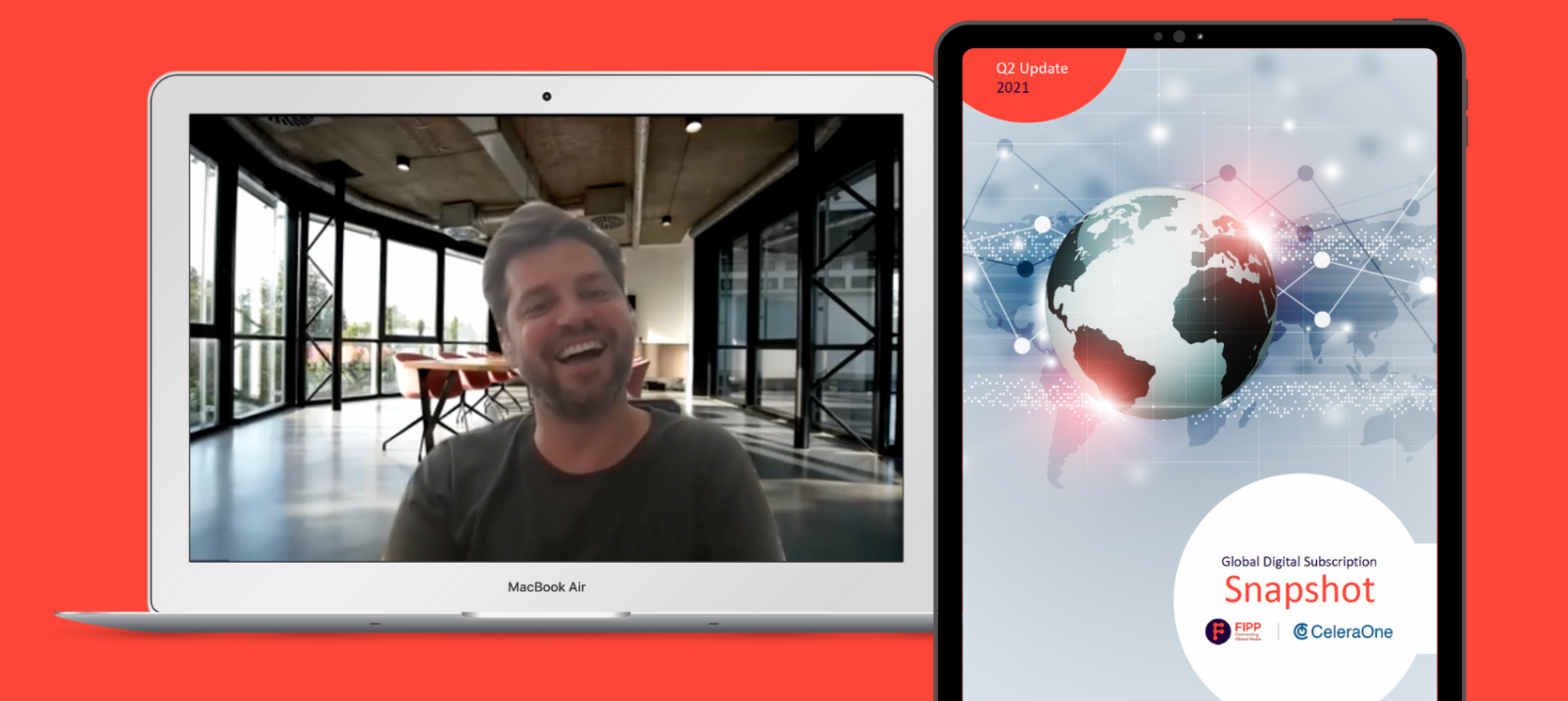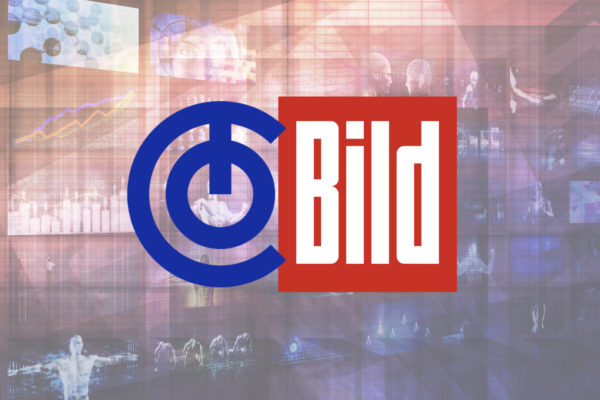BILD and CeleraOne on driving subscriber growth both during and beyond the pandemic
Axel Springer brand BILD works with CeleraOne to monetise its content through subscriptions. During the pandemic, the newspaper saw its digital subscriber base grow to half a million, and is now looking to capitalise on its 25 million monthly userbase even further. At the FIPP D2C Summit in June, FIPP’s Chief Revenue Officer & Head of Global Partnerships, John Schlaefli, caught up with both BILD and CeleraOne to find out a little bit more about how the partnership works, and how the digital subscriptions offering can be expand even further.
BILD’s half a million subscribers is an impressive audience number, not least because it operates in a native local language. By focussing on subscriptions in the way that it has, the company has catapulted itself into the global conversation around publisher subscription offerings, alongside giants like The New York Times, so what is behind the success?
“Yes, we’re really proud to be in this kind of range of brand that has multi-national customers all around the globe,” says Daniel Mussinghoff, Director Premium, BILD+, “and being able to compete in terms of customer numbers with the likes of The New York Times and other big brands.”
“We’ve come a long way now. We started in 2013, so we’ve had many years to build up this business and set up the infrastructure around it. From the newsroom through the different departments, we see that these efforts have worked out well for us. And we see now this year the biggest growth rates since 5-6 years ago, in part driven by the pandemic, but also by the experiences we’ve created in more recent years.”
“In general, I can’t stress enough how important it is to just focus on content, content, content. We always get asked, what else could we do to improve the number of subscribers? What fancy stuff could we invent to drive those numbers? And in the end what we see is that of course the content is driving those numbers. Our subscribers are subscribing because they see a headline and they want to read this article behind the headline.”
“So for us it was important that we were able to build this subscribers base of more than half a million subscribers throughout all the editorial departments that we have here at BILD. It’s not only sports that’s driving those numbers, it’s not only VIP news, it’s also everything around health, financial tips & tricks, etc.”
Of course, the question that immediately springs to mind when analysing subscriber numbers that have significantly increased during the course of the Covid-19 pandemic, is can this level of growth be sustained, or does Mussinghoff see a saturation point being reached anytime soon?
“Yeah I don’t see it at all, and I don’t see it coming even further in the future. What is the reason for that? Well, talking about BILD specifically, but you could look at this more generally for the whole industry, we have this huge reach, right? We have a huge amount of visitors coming to our brands each and every month – 25 million each month digitally. Only having converted 500,000 so far shows us how huge the potential is.”
“Also, knowing that most of our users are not coming via Facebook or Google anonymously, but directly to our website, gives us the confidence that there are a lot more people out there to convert into subscribers. And the other thing is that we of course have goals for each and every department. So every editor knows on a daily basis for example how many subscriptions they have to make and how many page impressions from existing customers.”
First founded in 2011, CeleraOne now employs over 50 people in 13 nations, working on 140 publisher sites across the industry, to help media businesses better monetise their digital content. As York Walterscheid, co-Managing Director for CeleraOne explains, BILD is a huge site with a huge organic following, which helps, but the approach to subscription-based models is not so different throughout the industry.
“Of course, it always depends on the size and scope of the publisher,” says Walterscheid, “and BILD is a very big one. But overall in terms of the wider industry, the tactics and strategies for growing an audience in this way have similarities. We can say that all of our customers have recorded great growth figures during the last 18 months. All of them grew, not only the national ones, but also smaller regional players showed strong growth figures.”
“Digitisation is now truly top of the agenda for publishers across the board. So checking your tech stack and asking is this still modern enough to take the next steps into content monetisation that we want? There are a lot of CMS projects around for example, paywall projects, CRM – there’s a boost in budget for digitisation in the industry.”
“Data remains a big topic as well, and is actually becoming more important now for dynamic, intelligence-driven paywalls. And what we see now is discussions with our clients around post-Covid strategies. What can we do after Covid to keep the audience and keep converting in the same manner?”
Mussinghoff agrees that data is key to executing effective paywall strategies, but again it is about starting from a simple base point and building in sophistications from there.
“On the one hand we should focus more on the simpler data projects and how we can evolve from those projects on a daily basis, with simple AB testing and so on,” says BILD’s Mussinghoff. “Of course, we’re also looking at Axel Springer at pricing, dynamic paywalls, and implementing those techniques and projects. And also I think doing a good job on dynamic pricing so that each and every customer gets a price where they will want to subscribe right away. So we want to drive the number of subscribers, but of course as well the revenues.”

In addition to working directly with publishers, CeleraOne also works in partnership with FIPP to produce a quarterly Digital Subscriptions Snapshot. Dating back to 2017, the report gives an update on the latest digital subscriber numbers across the industry, as well as a wider look at new innovations and trends. During the session, Walterscheid also gave us his views on the latest set of data from the subscriptions industry at large:
“I think one of the things the latest set of snapshot data showed, is that many companies have about 30-40% of ‘sleepers’ – users who have not been on the news pages or visited the app for 30 days or longer. So that reiterates that it’s very important to know your audience. i.e. here if you have a churn of 30-40% – or however we interpret that – it’s important to then go back into your data and really understand your audience: what they are reading, did they convert during the initial phase, how can we convert them? This becomes really important so that you are not going to lose so many people who initially show an interest in subscribing.”
Of course again for a publisher like BILD, who has attained strong success in the area of subscriptions, the sleeper figures are much lower, and Mussinghoff explains the importance of staying on top of these trends.
“I think those are quite high numbers, which I had not necessarily expected to see in the snapshot data. When we look at our numbers we find that about 7-10% are really sleepers, with another 10% that don’t visit us too much – we say three visits in the last four weeks that’s also the next cohort that we’re looking at there. But 30-40% does seem high yes, and every brand who is discovering that has to figure out how to change those numbers for the better. So this comes down to how they engage customers and particularly looking at sleepers.”
You can find out more about the FIPP and CeleraOne Global Subscriptions Snapshot here.











